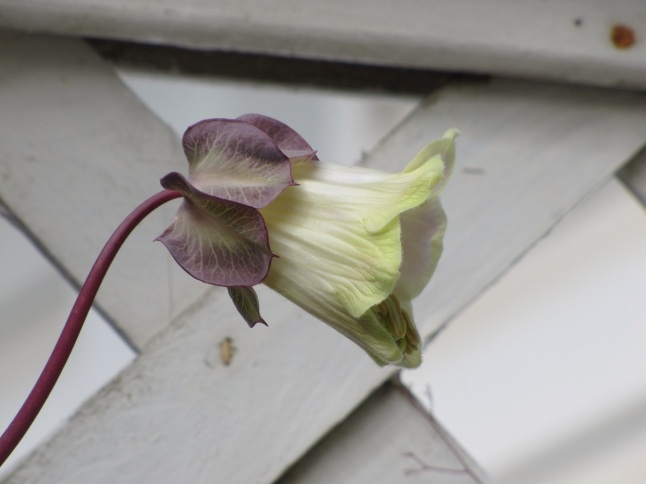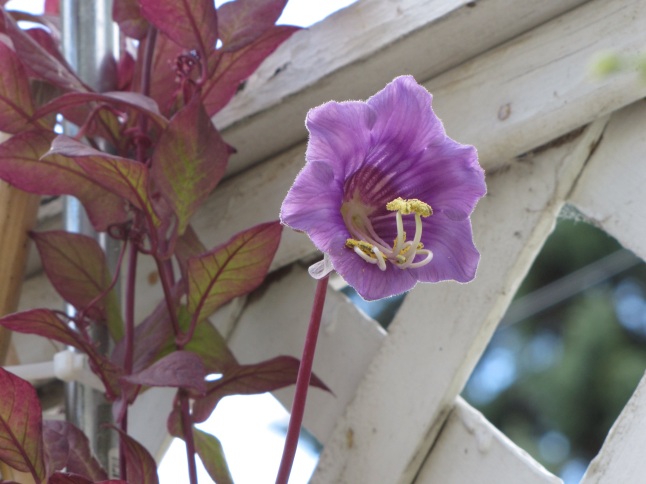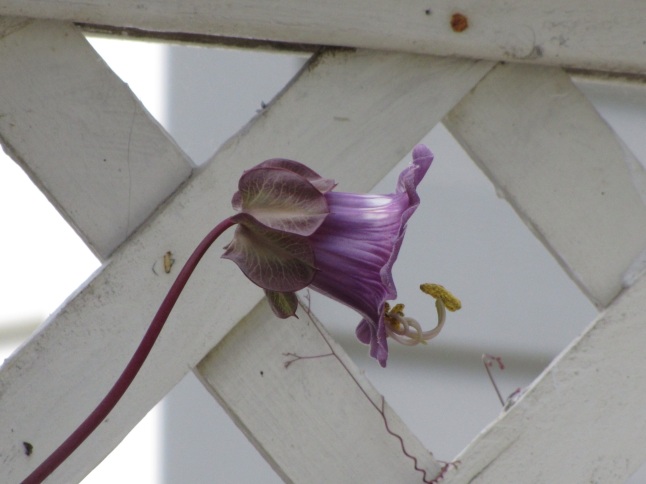 White Rock used to participate in the national Communities in Bloom program, but as far as I can see they haven’t done so for a number of years. It’s a shame because there are so many lovely gardens in our pretty little City by the Sea.
White Rock used to participate in the national Communities in Bloom program, but as far as I can see they haven’t done so for a number of years. It’s a shame because there are so many lovely gardens in our pretty little City by the Sea.
The long growing season, the lovely sunshine, the (normally) ample moisture all contribute to copious blooms and rich green foliage. Not everybody knows how to harness and choreograph all those elements, it’s a true art and takes lots of time, energy and patience.
If I was awarding the prize for the best condo garden display in White Rock, hands down it would go to this building on Merklin. Bold color, changes of height, and the use of texture all convene to make one of the finest displays in town. With both staple perennials and the addition of carefully placed annuals this wall of blooms has been flowering incessantly for the past two months. I love to walk by and see what’s new every week.
 Whomever is responsible should be proud of what s/he has accomplished. You get five stars from me.
Whomever is responsible should be proud of what s/he has accomplished. You get five stars from me.






























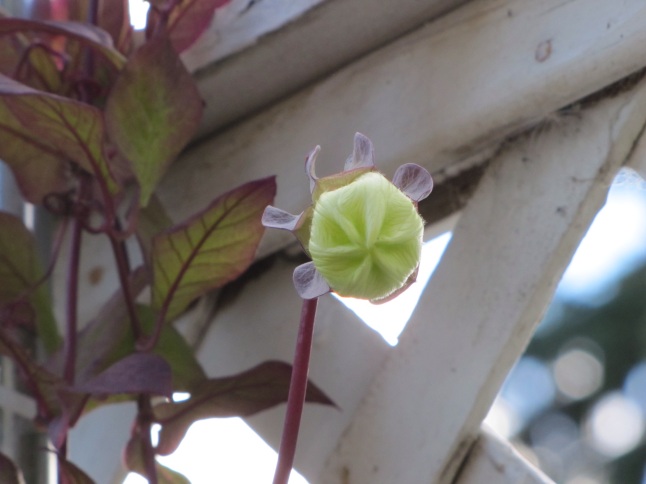
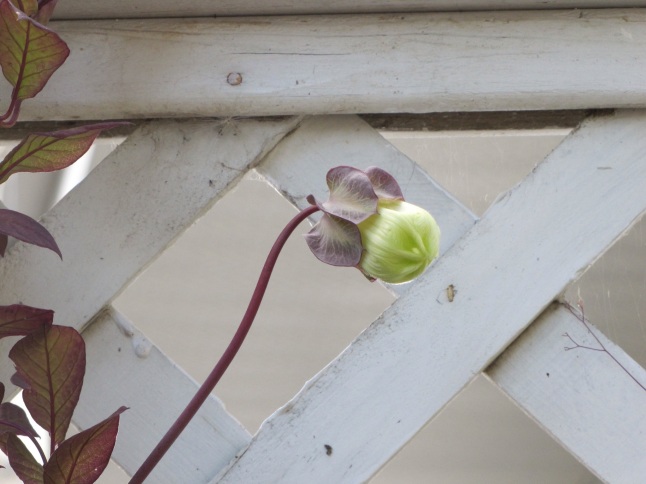 </
</
